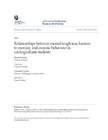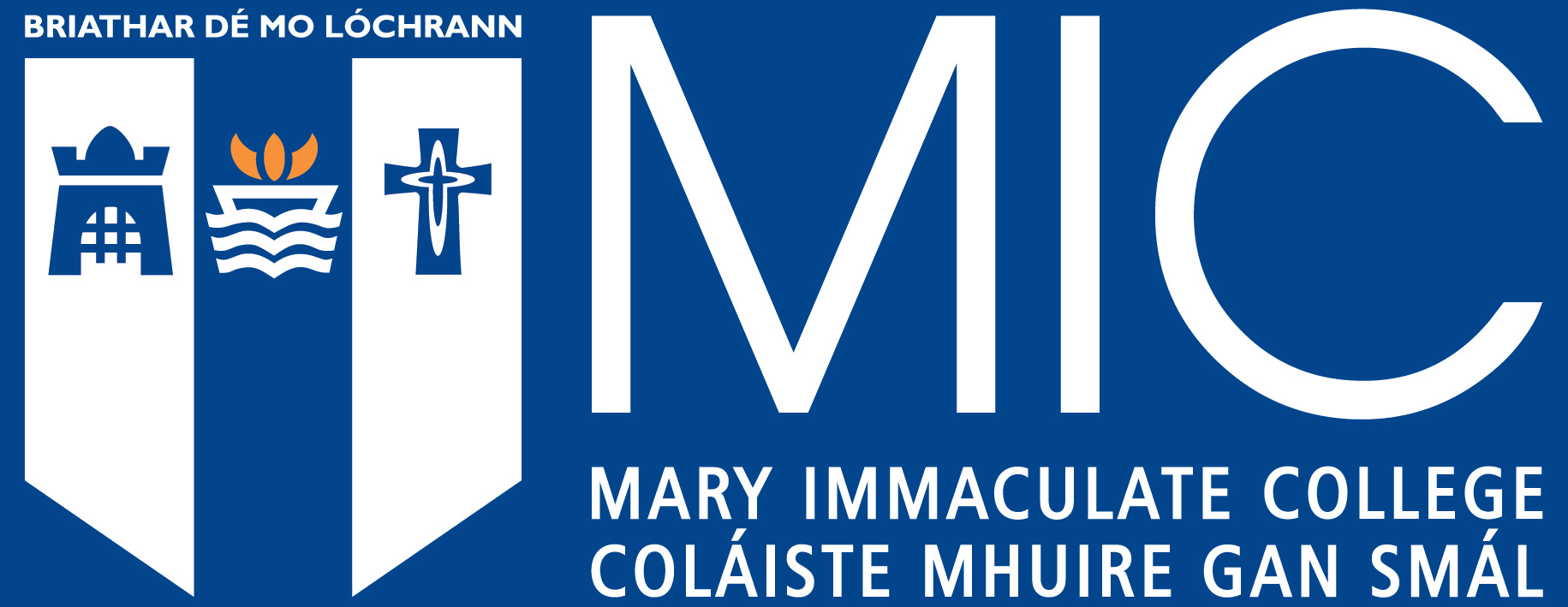Relationships between mental toughness, barriers to exercise, and exercise behaviour in undergraduate students
Citation
Stamp, E., Crust, L., Swann, C. & Perry, J. (2017). Relationships between mental toughness, barriers to exercise, and exercise behaviour in undergraduate students. International Journal of Sport Psychology, 48 (3), 262-277.

View/
Date
2017Author
Perry, John
Stamp, Elizabeth
Crust, Lee
Swann, Christian F.
Peer Reviewed
YesMetadata
Show full item record
Stamp, E., Crust, L., Swann, C. & Perry, J. (2017). Relationships between mental toughness, barriers to exercise, and exercise behaviour in undergraduate students. International Journal of Sport Psychology, 48 (3), 262-277.
Abstract
The present study explored relationships between mental toughness (MT), barriers to exercise, and self reported exercise behaviour in university students. Perceived barriers to exercise are important since previous work has identified barriers as strong predictors of exercise behaviour. MT was hypothesised to predict exercise barriers and self-reported exercise behaviour. Participants were 173 undergraduate students (45 men, 128 women) from 10 United Kingdom universities. Questionnaires were used to assess MT, exercise levels, and exercise barriers. Path analysis identified that MT predicted barriers to exercise, with higher MT associated with weaker perceived barriers. Regular exercisers were found to have significantly higher MT than non-regular exercisers, with commitment identified as a key difference. These findings support the proposed hypotheses and provide further evidence of the importance of MT in exercise / physical activity contexts. Future research that adopts longitudinal designs and tests targeted interventions to reduce perceptions of barriers and enhance exercise participation are encouraged.
Keywords
ExerciseStudents
Undergraduate
Relationships
Behaviour
Barriers
Toughness
Mental

